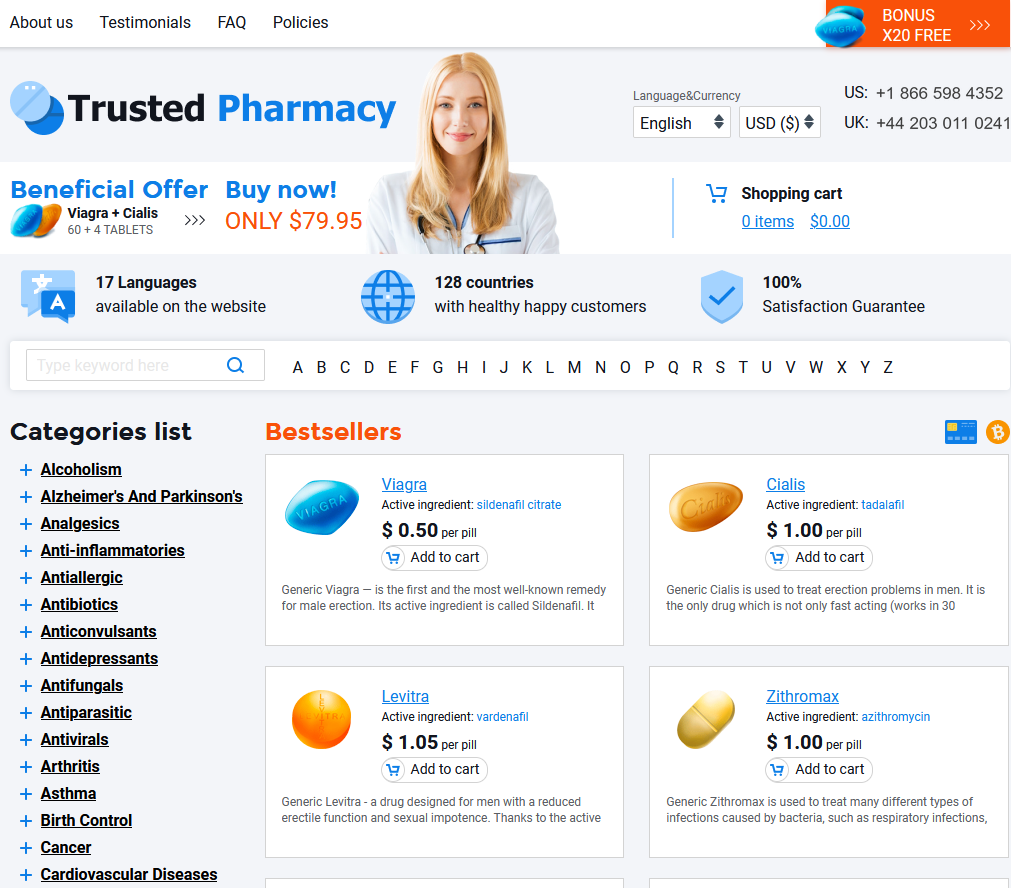Click HERE To Buy Antabuse Online ↓
 Antabuse: Breaking the Cycle of Alcohol Abuse
Antabuse: Breaking the Cycle of Alcohol Abuse
Breaking the cycle of addiction is a crucial step in recovery, and Antabuse can play a pivotal role in achieving this. Addiction is characterized by a person's inability to stop using a substance despite negative consequences. Antabuse, also known as disulfiram, acts as a deterrent by making individuals sick if they consume alcohol while on the medication. This creates an aversion to drinking, allowing individuals to break free from the damaging cycle of alcohol abuse. Antabuse works by inhibiting the enzyme that metabolizes alcohol, causing a buildup of toxic byproducts in the body. This leads to symptoms such as nausea, vomiting, and flushing when alcohol is consumed. By experiencing these unpleasant effects, individuals are more likely to abstain from alcohol, effectively breaking the addictive cycle. It is important to note that Antabuse should always be used under the supervision of a healthcare professional to ensure safe and effective outcomes.
Understanding the Mechanism of Action
Understanding the Mechanism of Action Antabuse, also known as disulfiram, works by blocking the enzyme responsible for metabolizing alcohol in the body. When a person taking Antabuse consumes alcohol, a buildup of acetaldehyde occurs, leading to unpleasant symptoms such as flushing, nausea, and vomiting. This aversive reaction helps deter individuals from drinking, breaking the cycle of alcohol abuse. By creating a negative association with alcohol, Antabuse aims to reinforce sobriety and prevent relapse. It is important to note that Antabuse does not treat alcoholism directly, but rather provides a tool to support individuals in their journey towards recovery. Understanding the mechanism of action behind Antabuse can help individuals comprehend the physiological effects that occur when alcohol is consumed while taking this medication.
The Effectiveness of Antabuse
The effectiveness of Antabuse in breaking the cycle of alcohol abuse is well-documented. Antabuse, also known as Disulfiram, works by creating an adverse reaction when alcohol is consumed. When someone on Antabuse consumes alcohol, they experience unpleasant symptoms such as nausea, vomiting, and flushing. This deterrent effect helps individuals resist the temptation to drink and serves as a constant reminder of the negative consequences associated with alcohol abuse. Studies have shown that Antabuse can significantly reduce relapse rates and promote long-term abstinence from alcohol. It is particularly effective when used as part of a comprehensive treatment approach that includes therapy and support programs. Antabuse has been proven to be an effective tool in breaking the cycle of alcohol addiction and can greatly benefit individuals seeking to overcome their alcohol abuse.
Potential Side Effects to Consider
While Antabuse has been proven effective in breaking the cycle of alcohol abuse, it is important to be aware of potential side effects that may occur. One common side effect of Antabuse is a reaction to alcohol consumption. When alcohol is consumed while taking Antabuse, it leads to a buildup of acetaldehyde in the body, resulting in symptoms such as flushing, nausea, vomiting, rapid heartbeat, and shortness of breath. These symptoms can be severe and may deter individuals from consuming alcohol altogether. In addition to the reaction to alcohol, other potential side effects of Antabuse may include drowsiness, headache, acne, metallic or garlic-like taste in the mouth, and changes in appetite. It is important to discuss these potential side effects with a healthcare provider before starting Antabuse, as they may vary in severity and frequency from person to person. While the side effects can be unpleasant, they are generally mild and transient, and the benefits of using Antabuse to break the cycle of alcohol abuse often outweigh the risks.
Combining Antabuse with Therapy for Best Results
Combining Antabuse with therapy is often recommended for achieving the best results in breaking the cycle of alcohol addiction. While Antabuse is helpful in preventing relapse by causing adverse reactions when alcohol is consumed, therapy can address the underlying psychological factors contributing to the addiction. By combining both approaches, individuals are able to tackle the physical and psychological aspects of their alcohol abuse, giving them a better chance at long-term recovery. Therapy can provide individuals with coping mechanisms, support, and strategies to prevent relapse while also helping them build a strong support network. The combination of Antabuse and therapy has been shown to improve treatment outcomes, as it addresses not only the physical cravings but also the emotional and behavioral components of addiction. By utilizing both interventions, individuals can increase their chances of successfully breaking the cycle of alcohol abuse and maintaining sobriety.
Success Stories and Testimonials
Combining Antabuse with therapy has been shown to significantly improve treatment outcomes for individuals struggling with alcohol addiction. Antabuse, also known as disulfiram, is a medication that works by producing adverse physical reactions when alcohol is consumed, thus discouraging the individual from drinking. While Antabuse alone can be effective in helping to break the cycle of alcohol abuse, incorporating therapy into the treatment plan can enhance the overall effectiveness of the medication.Therapy, such as counseling or support groups, helps individuals address the underlying emotional and psychological factors contributing to their addiction. By addressing these factors and learning coping strategies, individuals can better manage their cravings and develop healthier ways of dealing with stress and triggers. Combining therapy with Antabuse can provide individuals with a comprehensive approach to treating alcohol addiction, increasing the chances of long-term sobriety. It is important to note that therapy should be individualized to meet each person's unique needs and may involve different modalities, such as cognitive-behavioral therapy or motivational interviewing, for optimal results.
buy viagra generic https://viagra4pleasurerx.com/ over the counter buy viagra generic https://myindianpharmacy.net/ over the counter buy viagra generic https://mexicanpharmacyonlinerx.net/ over the counter
